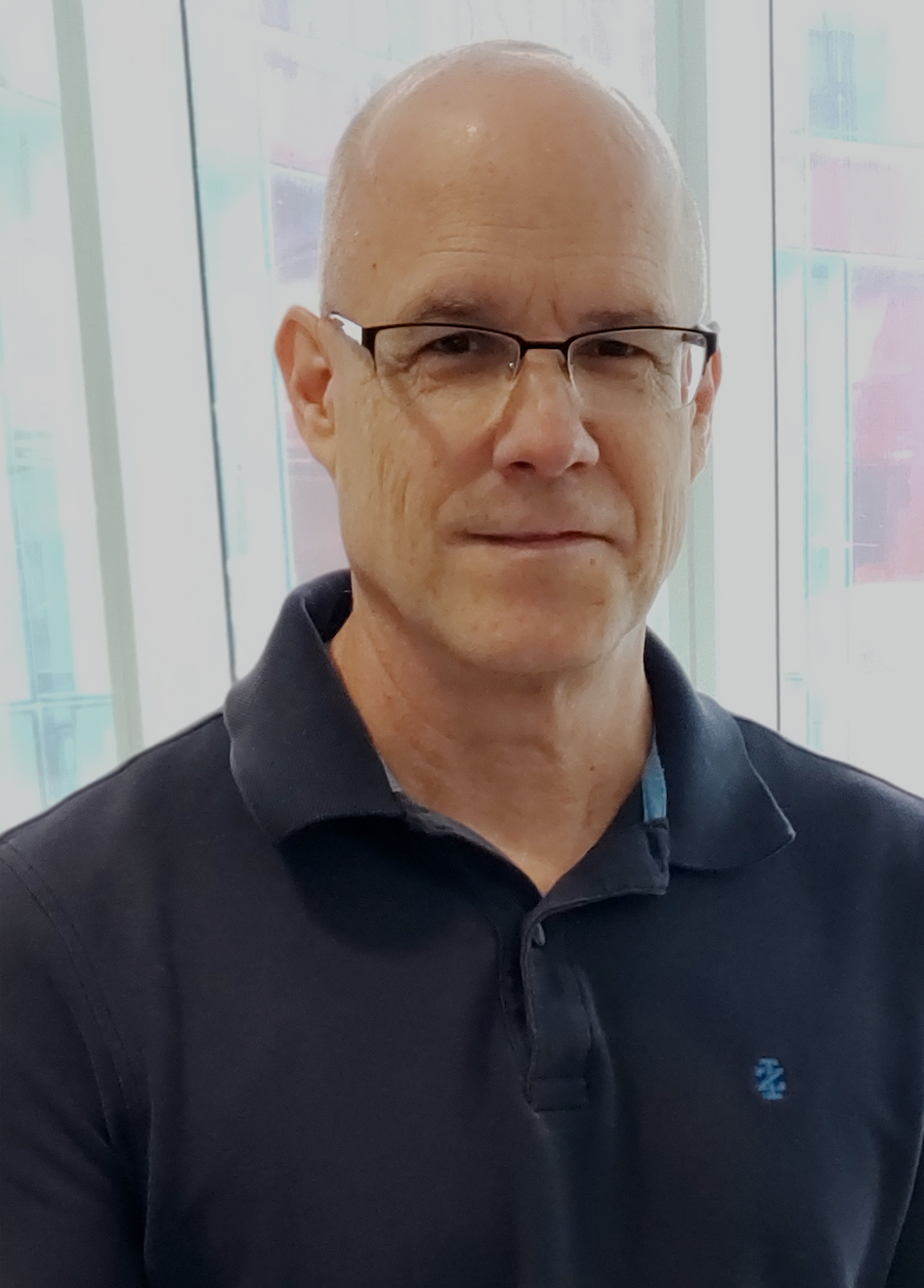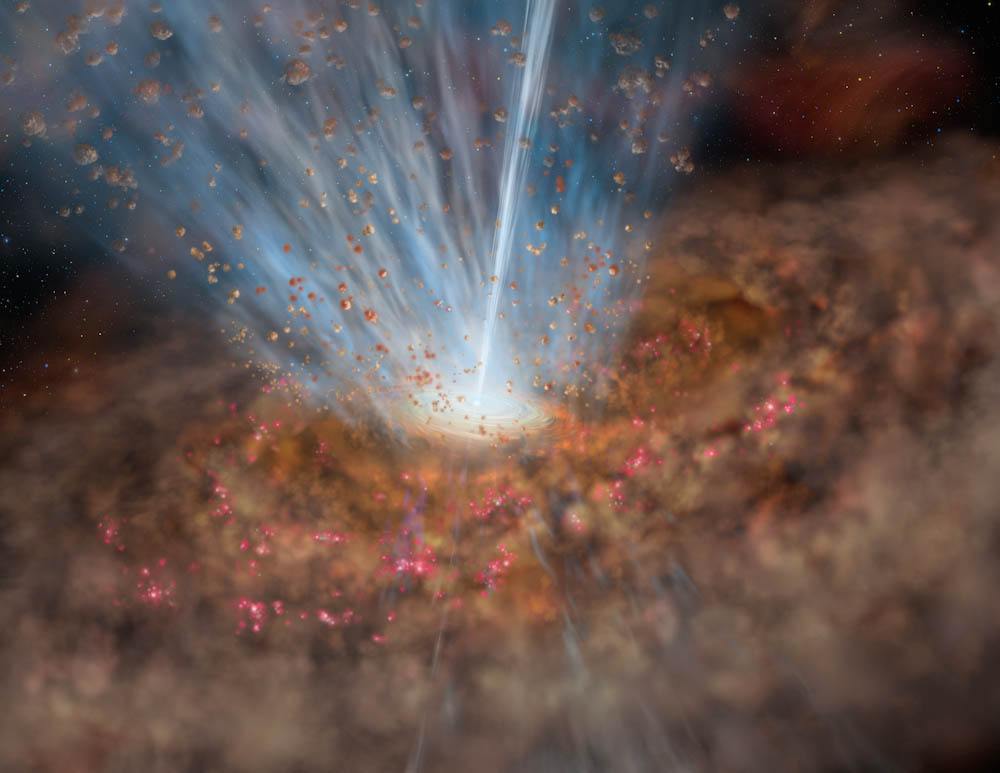Summary
Sylvain Veilleux is a Professor in the Department of Astronomy at the University of Maryland, College Park. He is currently serving as the Optical Director. He is also a Fellow of the Joint Space-Science Institute (JSI), a collaboration between the University of Maryland and the NASA Goddard Space Flight Center, a Life Member of Clare Hall, University of Cambridge, and was until recently the Alexander von Humboldt Visiting Professor in the Infrared Group at the Max Planck Institute for Extraterrestrial Physics, Garching, Germany.
He is primarily interested in the physics of active galactic nuclei and starburst galaxies, particularly the connection between the supermassive black hole, the starburst, and the host galaxy, and the importance of feedback on galaxy evolution and the circum- and inter-galactic media. He uses astronomical facilities that cover the entire electromagnetic spectrum from the X-rays (e.g., Chandra and XMM-Newton), UV-optical (e.g., HST, ground-based telescopes), infrared (e.g., Spitzer, Herschel, SOFIA, and JWST), and radio (e.g., VLA, ALMA). He is also the lead on a number of instrumentation projects for large ground-based optical and near-infrared telescopes with applications for space missions and beyond. Some of these instruments take advantage of recent breakthroughs in astrophotonics - photonics applied to astronomical instrumenation - to create opto-electronic components that can outperform conventional astronomical filters, spectrometers, and nulling interferometers. These projects also involve colleagues from Maryland's A. James Clark School of Engineering, the nearby NASA Goddard Space Flight Center, the University of Sydney Institute for Astronomy and Institute of Photonics and Optics, and Macquarie University Australian Astronomical Optics.
Support from the National Science Foundation (NSF), National Aeronautics and Space Administration (NASA), Research Corporation for Science Advancement, Alexander von Humboldt Foundation, W. M. Keck Foundation, John Simon Guggenheim Memorial Foundation, Aspen Institute Italia, and the Raymond and Beverley Sackler Foundation is gratefully acknowledged.

